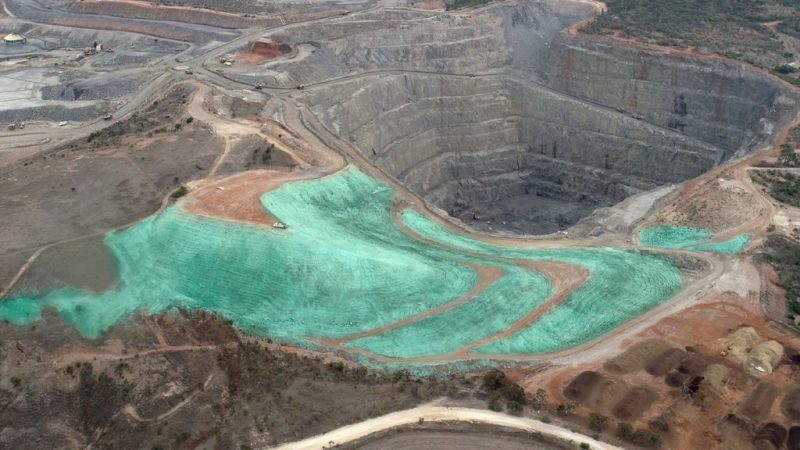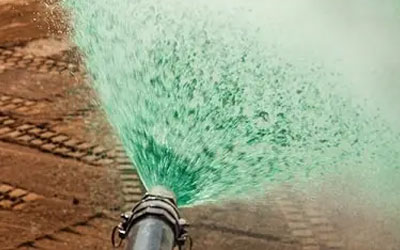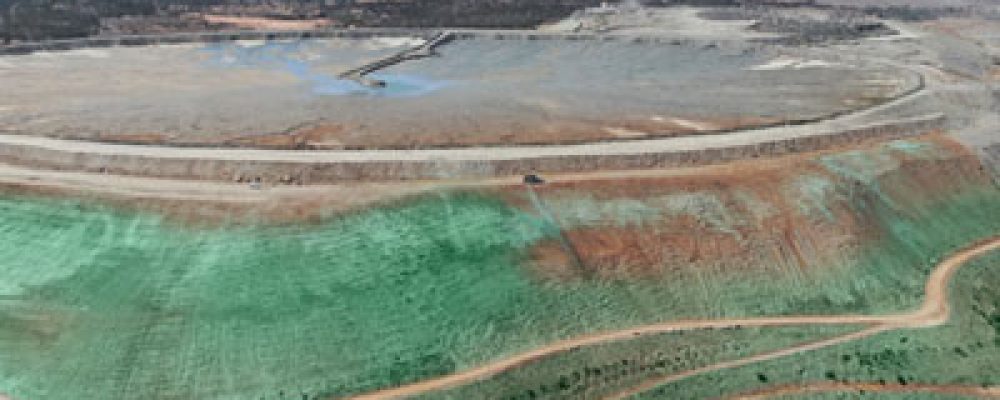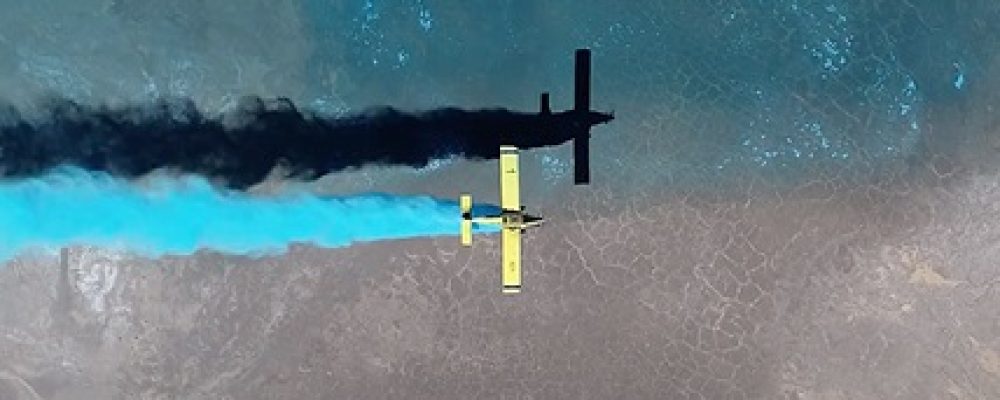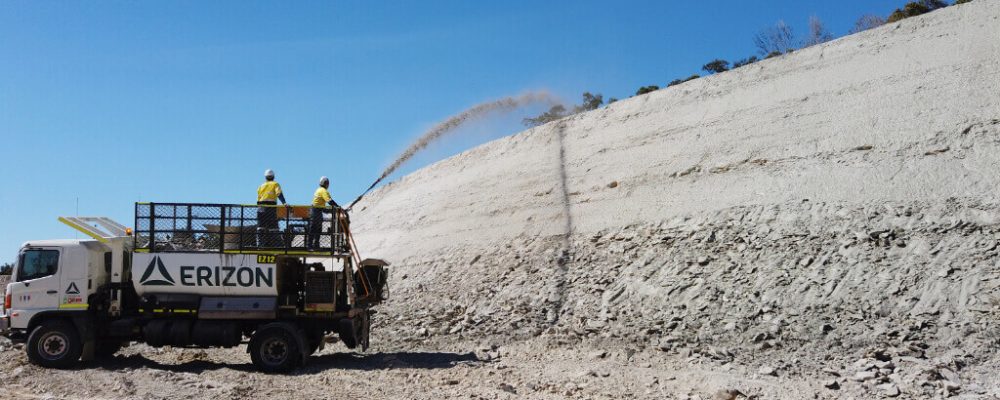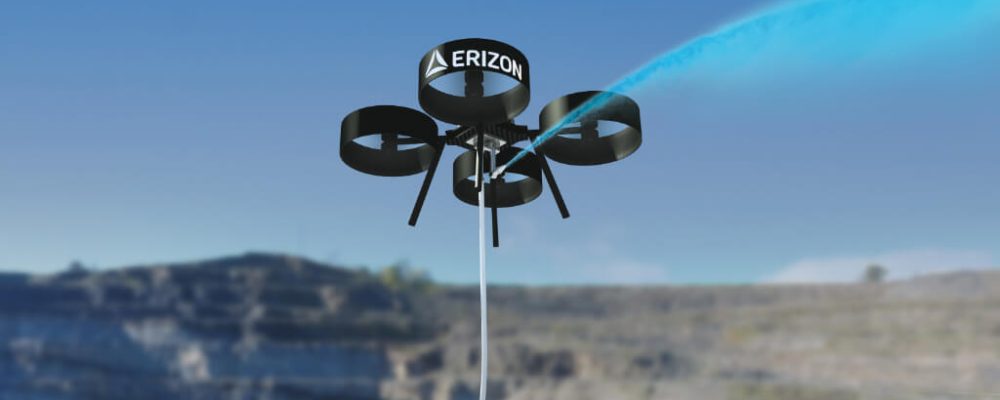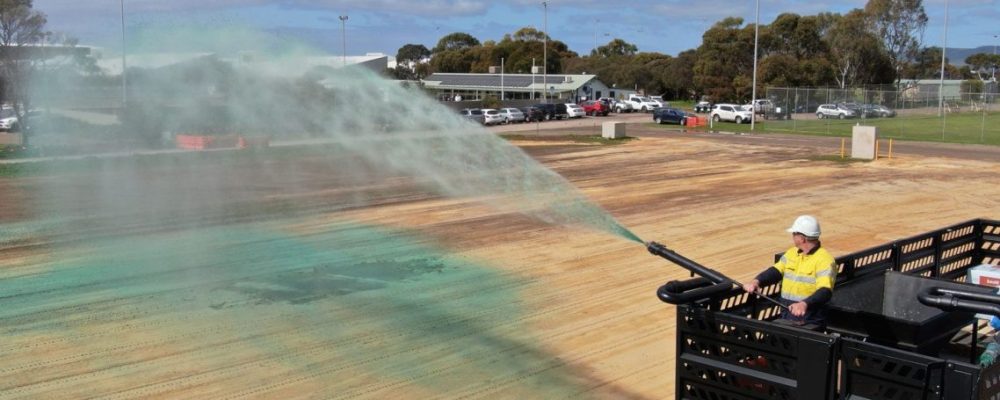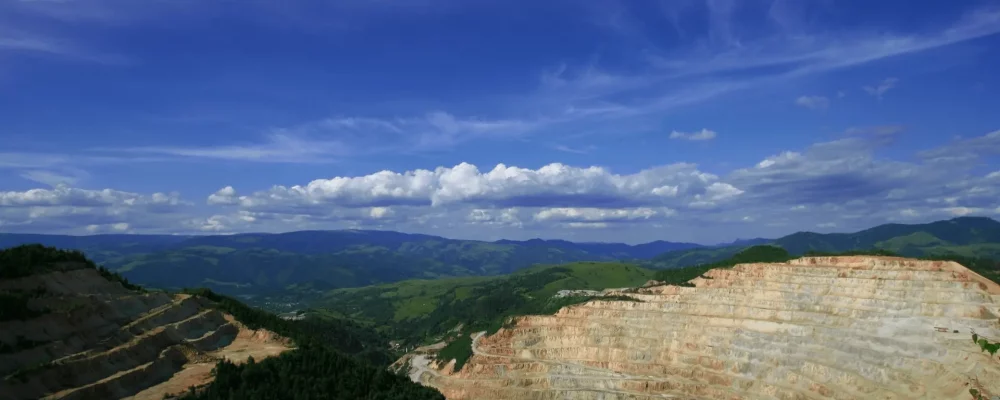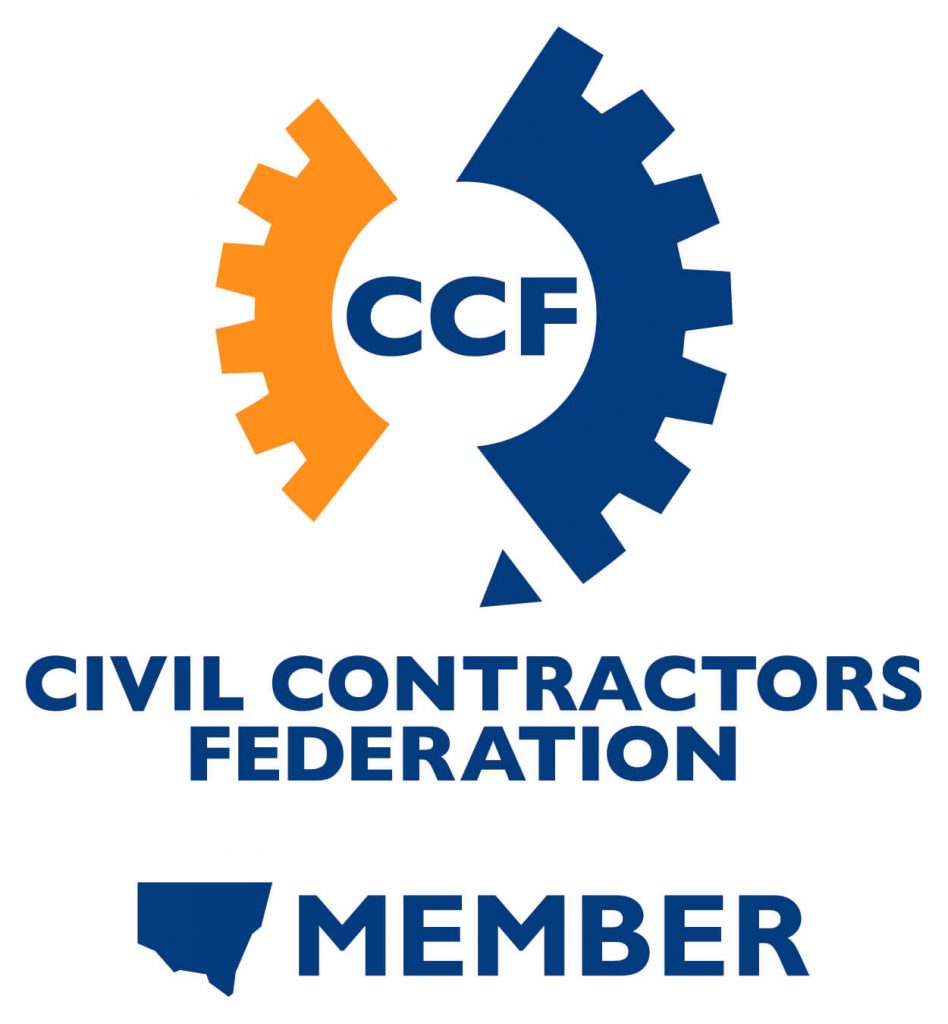The impact of mining on the local environment is well documented and a common talking point of mining detractors. However, there are many ways to limit the impact of a mining project on the local environment as techniques and relevant technologies are becoming much more efficient and effective. Prevention is an important consideration that should be planned into all mining projects, but there are somethings that are inevitable and can’t be prevented that will still impact the environment. This means restoration is just as important as prevention and should also be considered during the planning phase of a project. This is where Erizon comes in. We offer solutions specifically designed for revegetation in mining sites.
Importance of Revegetation in Mining
Revegetation is a solution that can provide both prevention and restoration when used appropriately.
The use of vegetation during the ongoing works of a mining project provides a natural and safe way to prevent erosion. First the root systems of natural vegetation stabilises soil that is otherwise at risk of erosion due to wind or water. Secondly the ground cover provided by the growth also protects the soil from impact displacement from rain as the raindrops will be hitting the leaves or grass cover instead of directly impacting the soil. Thirdly vegetation helps minimize water runoff not only limiting erosion but contributing to soil health and continued plant growth.
Revegetating a previously worked area is an important step to revitalising the local ecology that may have been impacted by the mine works. However, there is more to it than just throwing out some seeds and hoping they will take. So, what steps should be taken?
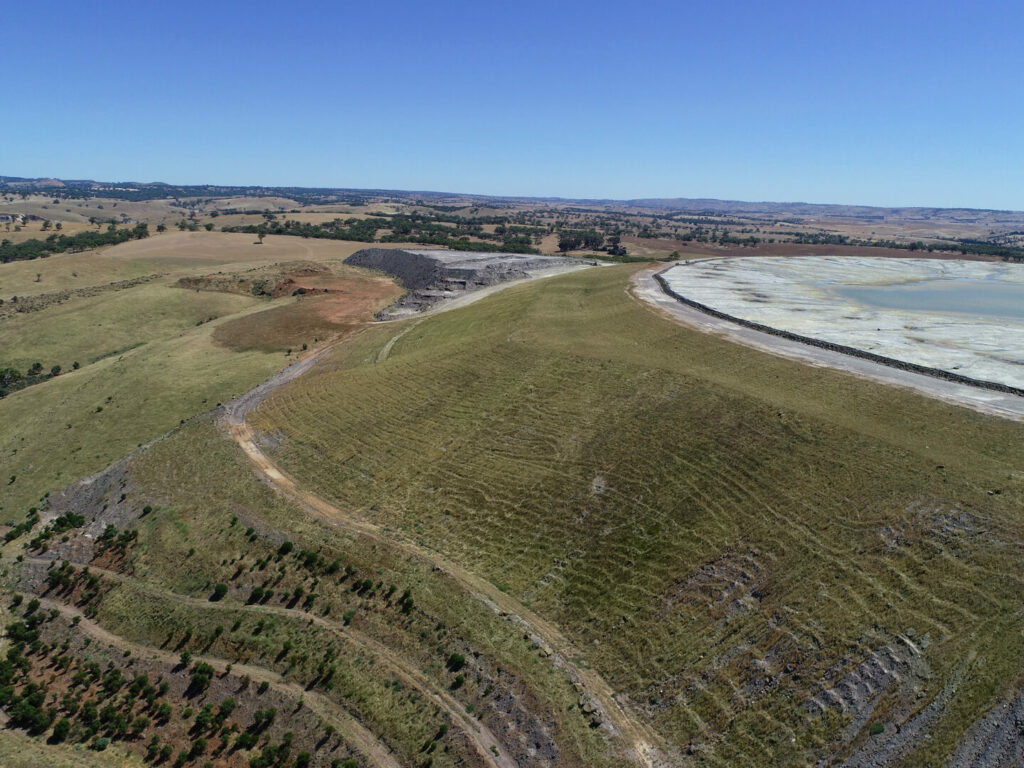
Soil Testing
Soil testing is the first, and possibly most important, step to take when planning revegetation in mining sites. The composition and health of the soil has a drastic impact on what steps are needed for healthy vegetative growth and even what species of plant life can, or should, be planted. Tests will need to be run for the obvious things, such as nutrients, current biological life, pH level, and saturation. But you may also need to test for such things as mineral balance such as sulphate, zinc, iron, and chloride, or how compact the soil is and its texture. Proper soil testing can prevent many problems that may arise further down the line and should not be skimped on.
Surveying and mapping
Mapping the planned area is an important step that can help identify potential problem areas. Water run off channels are important to identify as they may need to be redirected or focused on to avoid excessive erosion, unnecessary water loss, or even potentially dangerous debris washing onto roads or work areas. Additionally low ground could become over saturated during rain which can inhibit plant growth.
Another potential issue that proper surveying will help identify is access to the planned areas. If the project location is hard to access or poses potential hazards to people on the ground it can limit the techniques that should be used in later steps. Processes that can be applied hydraulically can help eliminate many access or hazardous challenges, knowing during the first couple of steps if a technique such as hydromulching is required will be necessary for further planning.
For locations that provide access challenges or potential hazards drone mapping is highly effective and has become very accurate with current technology. p
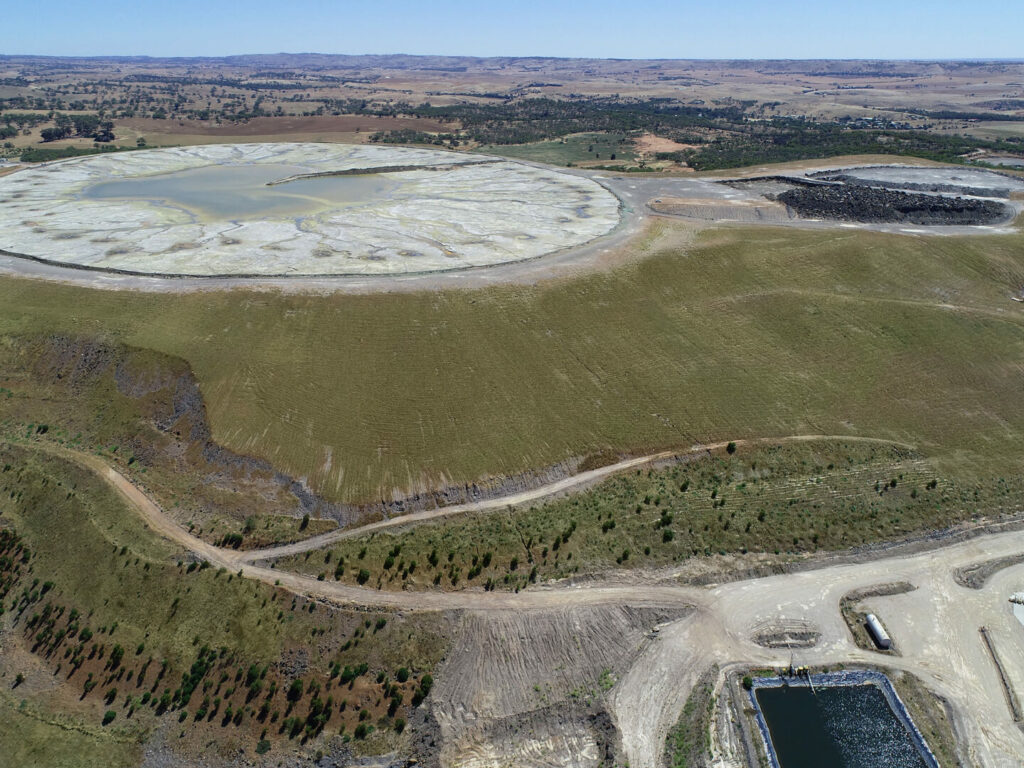
Seed selection
When selecting the seed for a project it’s important to consider many factors. Soil nutrients, average rainfall, weather patterns, and the local ecology all play a major part in the decision. Local species are almost always a good choice, but picking the right species often comes back to the soil testing done in previous steps. Different species will do better in different conditions and have different growth periods. Just picking a random local species is likely to be detrimental to the project. Often the right choice can be a mixture of two or three indigenous species that complement each other to rejuvenate the ecological balance.
Application
Once all the groundwork has been complete it’s time to decide how best to implement the plan. Current technology allows for some newer options that are much more efficient than more traditional manual planting. Techniques such as hydromulching or hydroseeding provide an effective delivery system that has many advantages. Due to the application process that these methods implement the final product is much more consistent across the entire area. Taking advantage of a hydraulic delivery system hydromulching and hydroseeding covers the terrain with an even layer of the chosen mixture. In the case of hydromulching the mix includes mulch and a tackifier which aids in not only immediate erosion control but protecting the seeds from erosion or birdlife. Another advantage of the delivery system is that it requires no boots on the ground, able to deliver the mixture across difficult to access areas or slopes. This means that revegetation is an option in locations that may not otherwise be feasible.
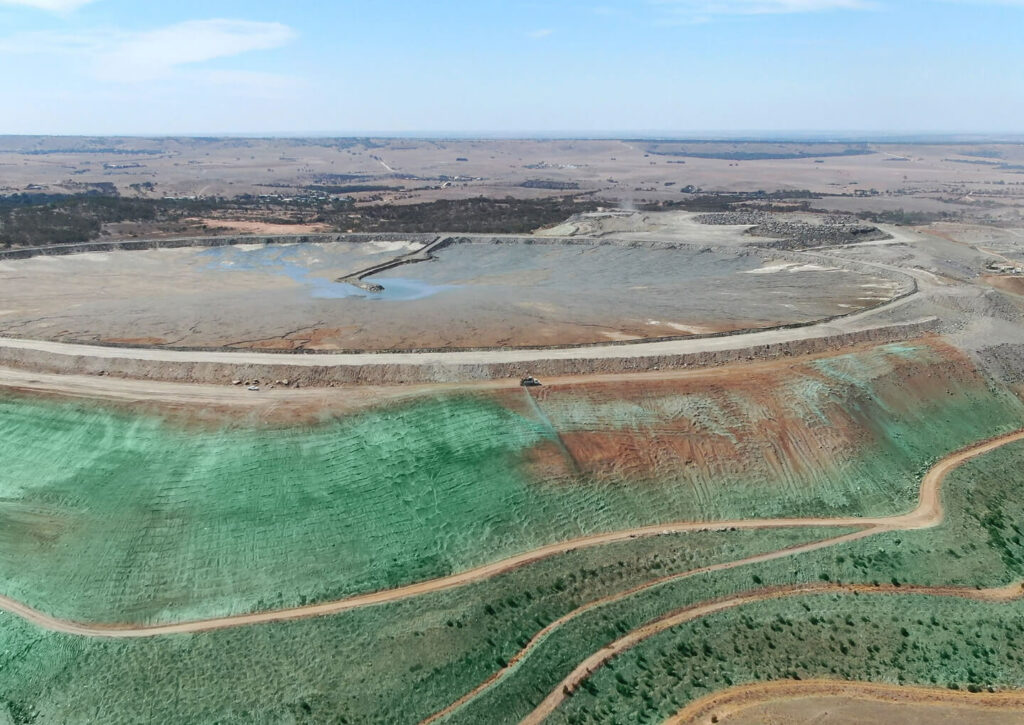
No matter the scale of your project, with all the required decisions, it’s always best to secure the services of an expert. Erizon specialises in revegetation in mining, as well as erosion control and dust suppression. Get in touch with us today and let us help your mining company stay compliant while promoting sustainability.
